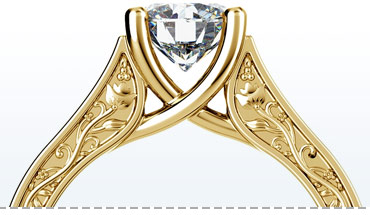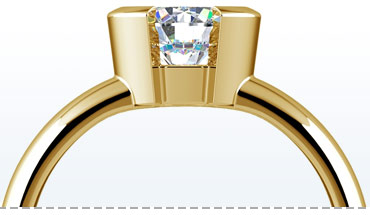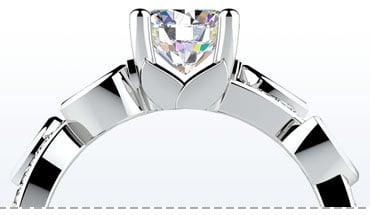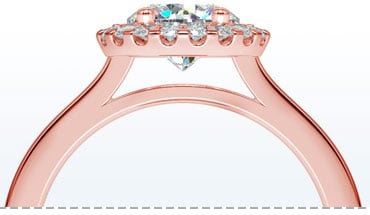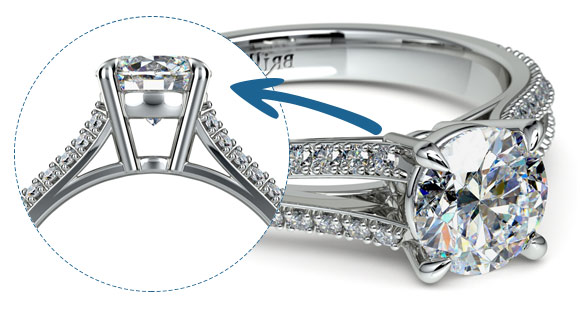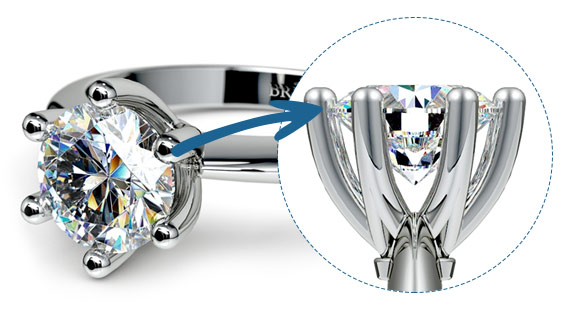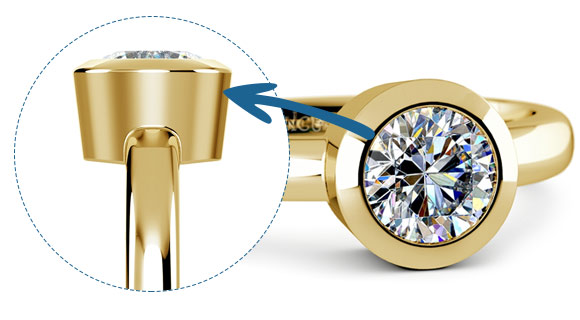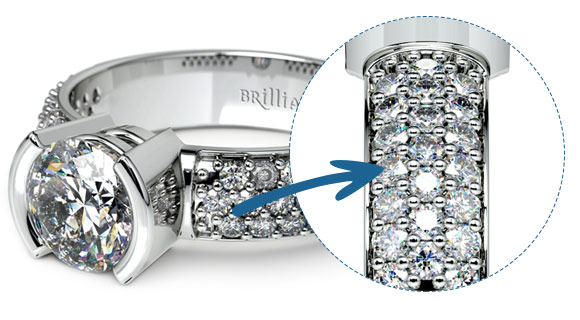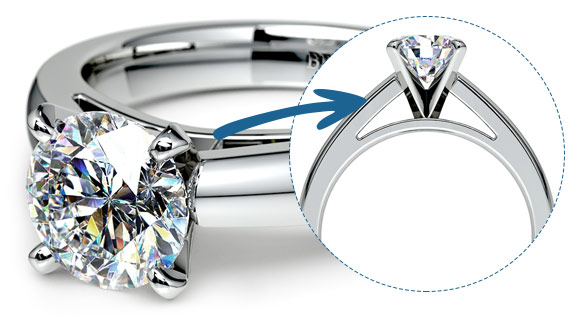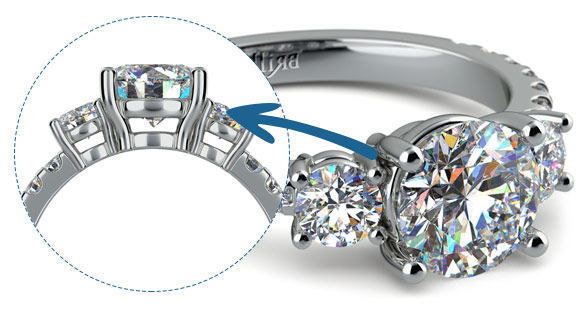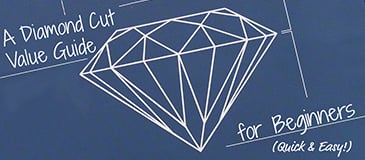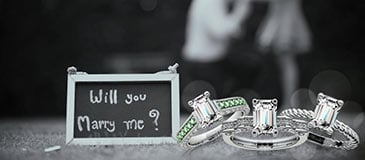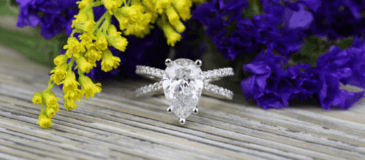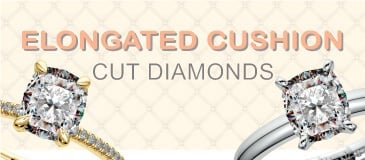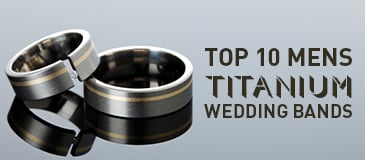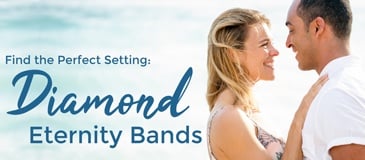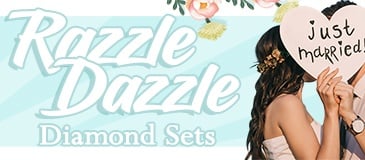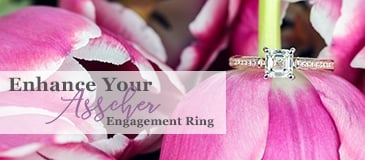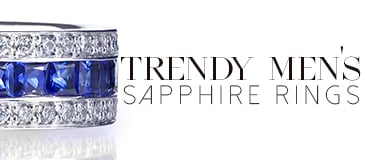How To Set a Loose Diamond In A Ring

The hard part is over. You analyzed countless diamonds for cut, color, clarity, and carat weight. You debated which diamond is the best quality for your budget. You considered the brilliance of gem after gem, and now you finally have the perfect rock. However, there is still a vital step remaining: how to set the diamond in a ring.
The lingo of engagement ring settings can get overwhelming. But don’t let words like “pavé”, “split shank”, and “bezel” intimidate you. Below you will find a breakdown of everything you should know in order to find the perfect ring setting for your precious diamond.
